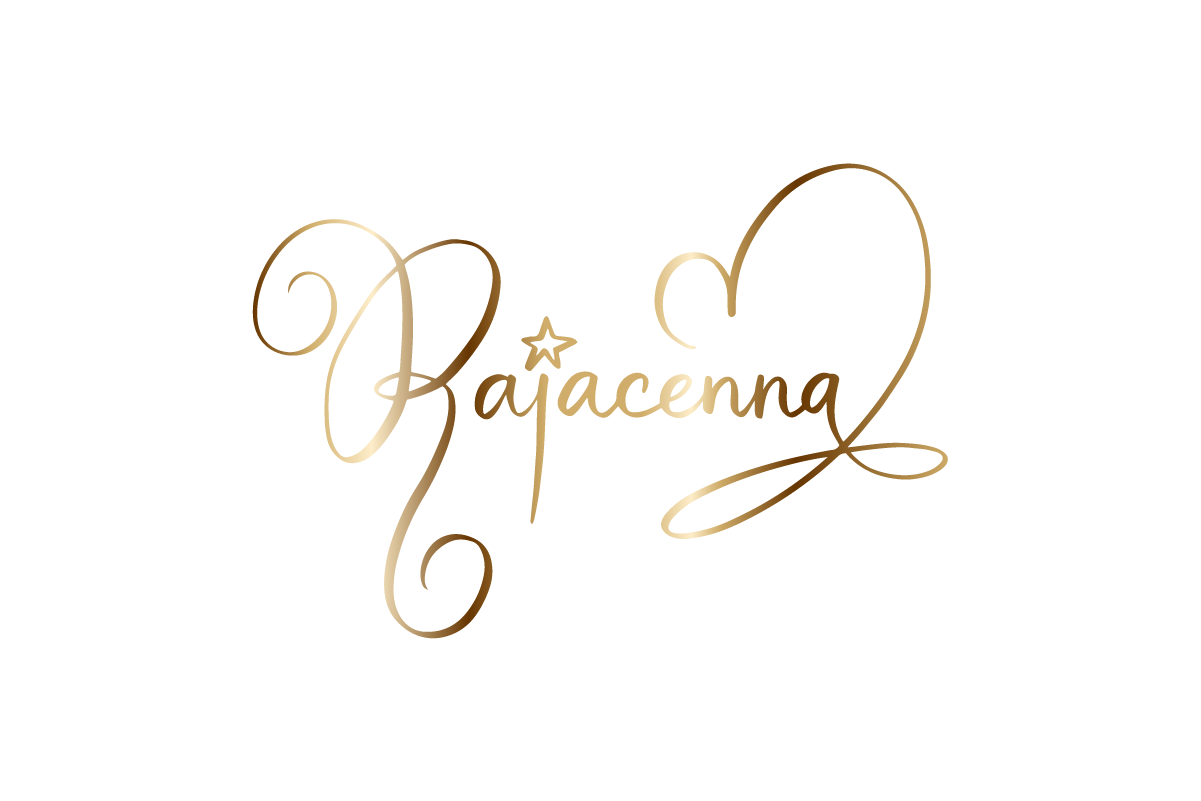Rajacenna is asked by professor Onur Güntürkün, a Leibniz price winner neuroscientist (64y), with lifelong scientific expertise in brain asymmetries, to research her power of movement control in her brain via the corpus callosum.

Professor Güntürkün says: Rajacenna “does everything that neuroscience would not expect to be possible!”
Quadridextrous ambidexter Rajacenna is worldwide known for highlighting the potential of the human body and mind by coordinating multiple limbs and creating 8 realistic drawings and paintings with feet and hands upside down at the same time. As a result of the recent appearance of the art phenomenon in a new German TV-show ‘What are humans capable of’, a scientific team is going to examine her on one of the largest research universities in Germany.
They are going to analyze in detail her corpus callosum, reconstruct her fiber pathways through this bottleneck in a scanner, analyze her handedness and footedness pattern and run neuro-psychological tests. How exactly does Rajacenna’s corpus callosum manages the information flow between left hand and foot and right hand and foot? Major question is how an asymmetrically organized brain is able to coordinate the differently specialized left and right hemispheric systems “on the fly”.

In accordance with another German TV-show Rajacenna was on in 2019; an EEG brain scan showed that Rajacenna’s right and left brain hemispheres are 3 times more fully connected than normal. That the brain is for the most part sleeping during drawing simultaneously. They also show a very unusual epilepti-form activity, which obviously does not lead to an actual seizure. This leading EEG expert said “Rajacenna has a very exceptional brain. I’ve never seen this in someone’s brain.”
The German professor claimed that suppose they wouldn’t find what makes the movement control in her brain possible; than her case would be a mystery and a challenge to research even more. The corpus callosum is such a wide, thick nerve tract and the largest white matter structure in the human brain; it would mean there still would be things scientists did not yet discover about the communication between the left and right cerebral hemispheres.
Publications from professor Onur Güntürkün you can find here.

